Explain What Makes Alcoholism A Chronic, Rather Than Acute Disease.
Explain what makes alcoholism a chronic, rather than acute disease.. The majority viewed alcoholism as a social or psychological problem rather than disease. Addiction is a chronic brain disease thats more about the neurology of the brain than the outward manifestations of behavioral problems and poor choices according to a group of addiction medicine professionals. Explain what makes alcoholism a chronic rather than acute disease.
Alcoholism is a chronic progressive behavioral disorder characterized by a strong urge to consume ethanol and an inability to limit the amount of drinking despite adverse consequences including social or occupational impairment and deterioration of physical health. Alcoholism is a chronic problem. One of the primary physical symptoms of late stage alcoholism is that the alcoholic is chronically drunk.
Rather alcohol use and alcoholism are best viewed as end products of a combination of biopsychosocial influences. Binge drinking is defined as 5 or more drinks for males and 4 or more drinks for females on at least one day in the past month. Alcohol withdrawal comes with a host of symptoms that are generally easy to identify.
For example during early-stage alcoholism the person is usually drinking larger amounts and becoming more secretive or elusive about what theyre doing. In April 2011 the American Society of Addiction Medicine ASAM released its new Definition of Addiction which for the first time. This approach stands in stark contrast to the current received view at least as promulgated by the National Institute on Drug Abuse NIDA and the National Institute on Alcohol Abuse and Alcoholism NIAAA that drug abuse is a disease specifically Addiction is a chronic often relapsing brain diseasesimilar to other chronic relapsing diseases such as diabetes asthma or heart disease.
Explain What Makes Alcoholism A Chronic Rather Than Acute Disease. Alcoholism moves through stages and certain symptoms and behaviors mark each stage. 39 It is significant that a survey of doctors attending an annual conference of the the International Doctors in Alcoholics Anonymous IDAA found that 80 believed that alcoholism is.
In 1992 it was defined by the National Council on Alcoholism and Drug Dependence NCADD and ASAM as a primary chronic disease characterized by impaired control over drinking preoccupation with the drug alcohol use of alcohol despite adverse consequences and distortions in thinking. Alcoholisms progressive nature is another reason its considered a chronic disease. Social emotional environmental and genetic factors also play a role.
Those who drink alcohol expect to feel its effects. The Transdisciplinary Collaborative Centers TCC for Health Disparities Research on Chronic Disease Prevention Program is being launched by the National Institute on Minority Health and Health Disparities NIMHD part of the National Institutes of Health Bethesda MdThis program is designed to implement more-robust ecological approaches to address chronic diseases among racial and ethnic minority.
Alcohol withdrawal comes with a host of symptoms that are generally easy to identify.
National council on drug and dependency defines alcoholism as A major chronic disease characterized by impaired control over drinking obsession with the drug alcohol using alcohol despite of its severe ill effects and alterations in thinking. Alcoholisms progressive nature is another reason its considered a chronic disease. One of the primary physical symptoms of late stage alcoholism is that the alcoholic is chronically drunk. If the person is not drunk he or she is likely in a state of withdrawal. Explain What Makes Alcoholism A Chronic Rather Than Acute Disease. 39 It is significant that a survey of doctors attending an annual conference of the the International Doctors in Alcoholics Anonymous IDAA found that 80 believed that alcoholism is. Rather alcohol use and alcoholism are best viewed as end products of a combination of biopsychosocial influences. In April 2011 the American Society of Addiction Medicine ASAM released its new Definition of Addiction which for the first time. Alcoholism moves through stages and certain symptoms and behaviors mark each stage.
Social emotional environmental and genetic factors also play a role. Alcoholism is a chronic progressive behavioral disorder characterized by a strong urge to consume ethanol and an inability to limit the amount of drinking despite adverse consequences including social or occupational impairment and deterioration of physical health. 39 It is significant that a survey of doctors attending an annual conference of the the International Doctors in Alcoholics Anonymous IDAA found that 80 believed that alcoholism is. A person is likely dealing with end-stage alcoholism if he or she shows signs of. If the person is not drunk he or she is likely in a state of withdrawal. Those who drink alcohol expect to feel its effects. Health 0 6444 users searched for this homework answer last month and 6 are doing it now lets get your homework done.

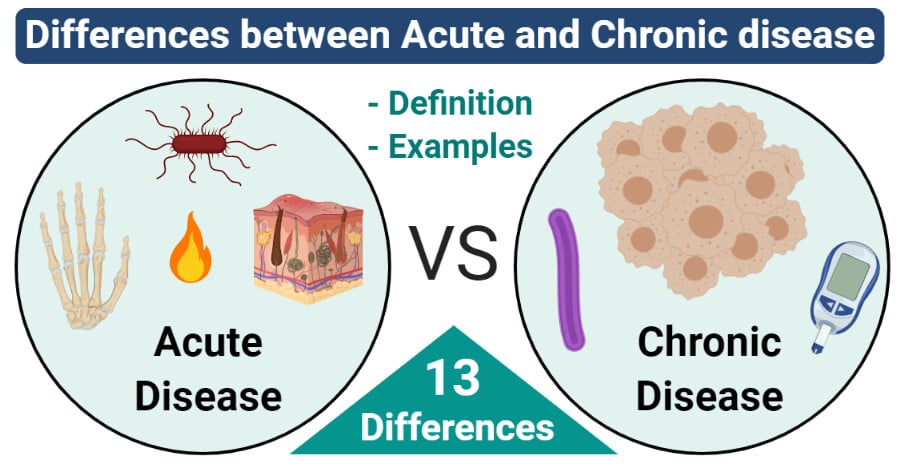





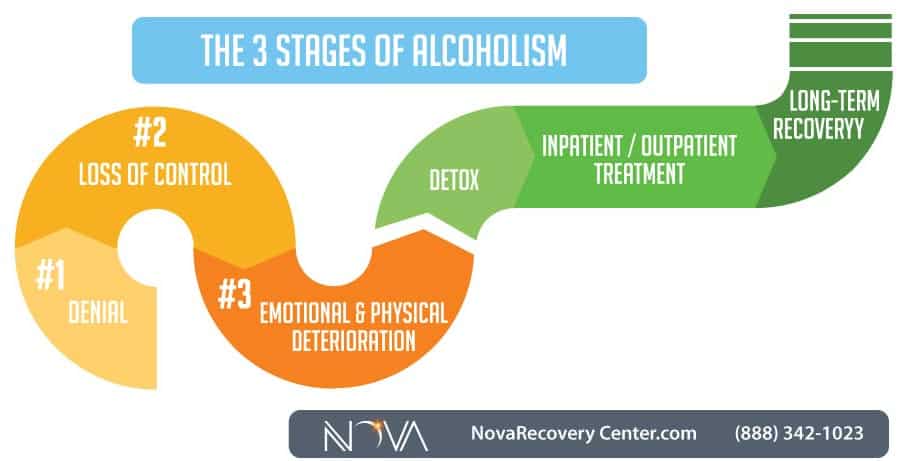



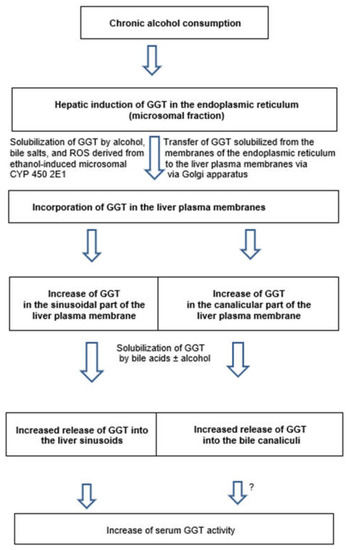

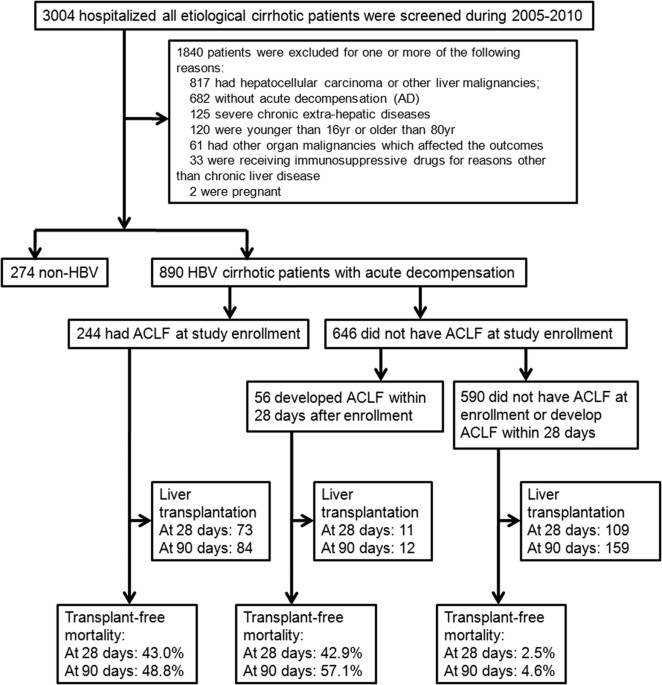
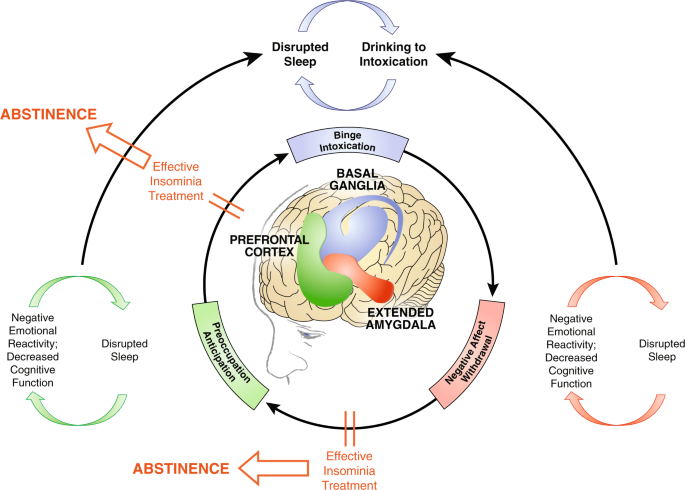




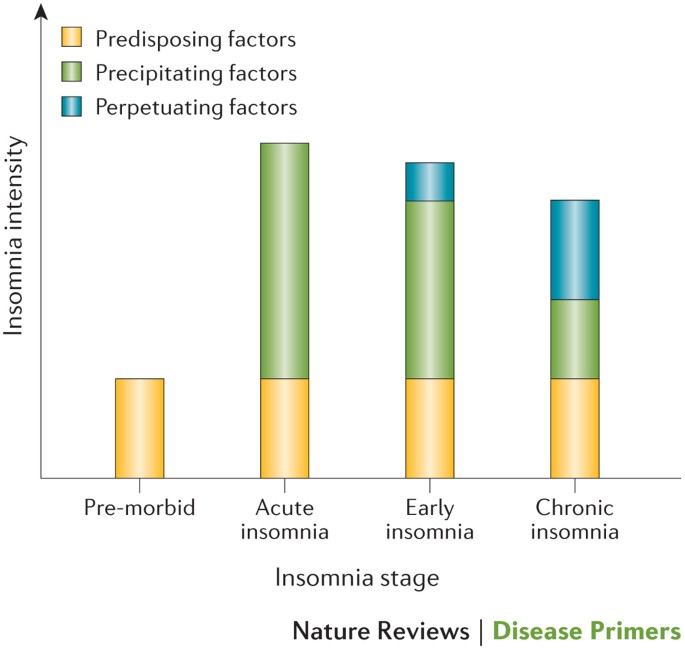



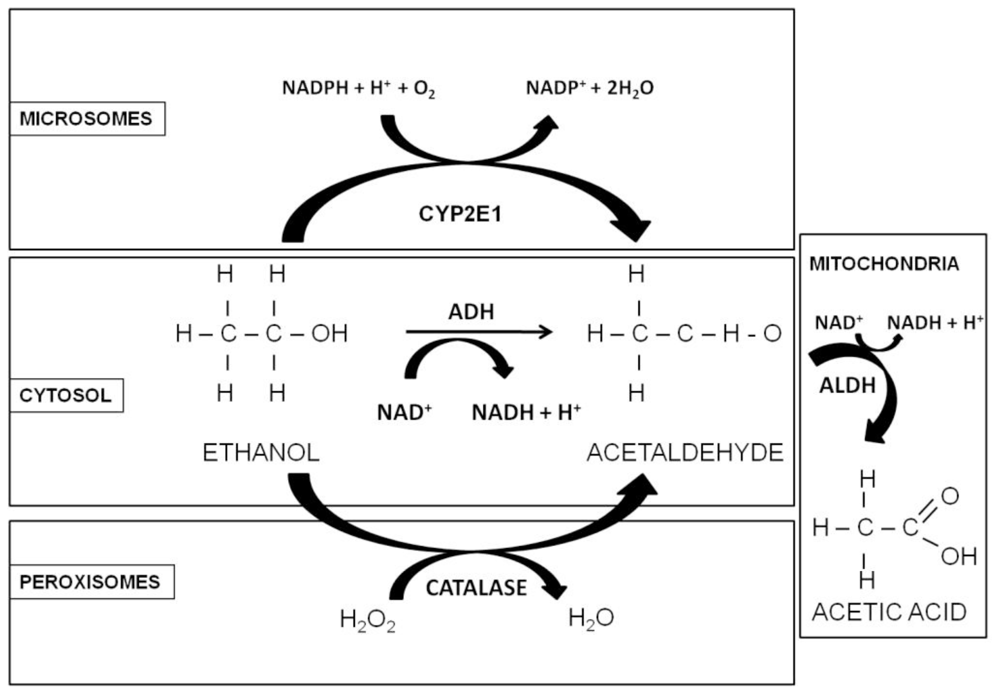














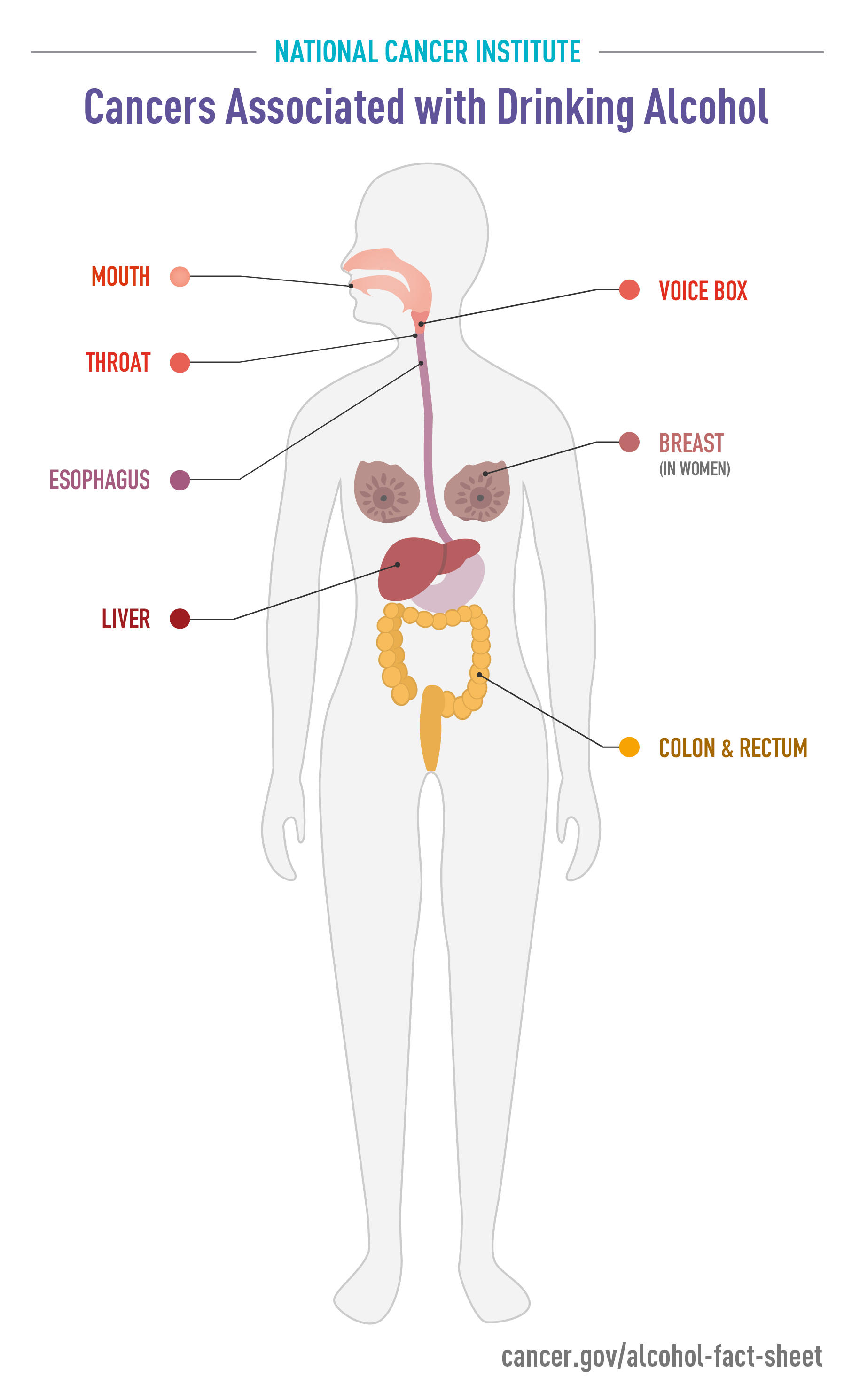




Post a Comment for "Explain What Makes Alcoholism A Chronic, Rather Than Acute Disease."